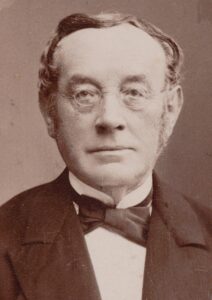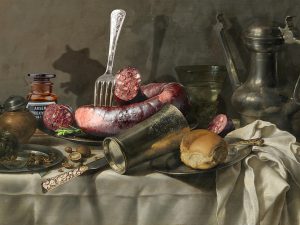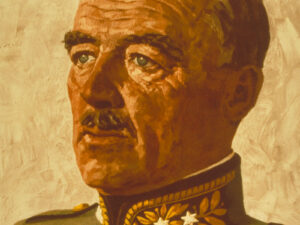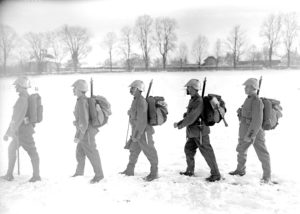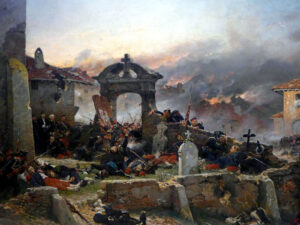
Between the lines
In 1871, two Swiss men were sent on a mission, rushing to the aid of Swiss citizens trapped in Paris. To do so they had to cross the Prussian siege line, and talk their way past the French.
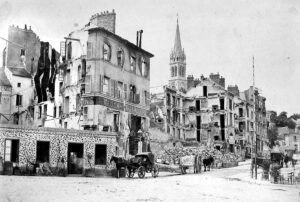
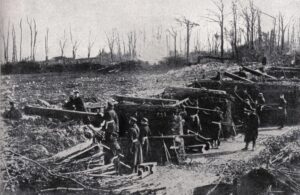
Mission to Paris
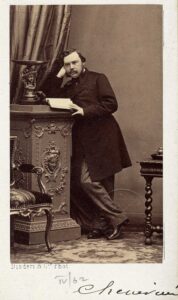
30,000 francs from Switzerland
